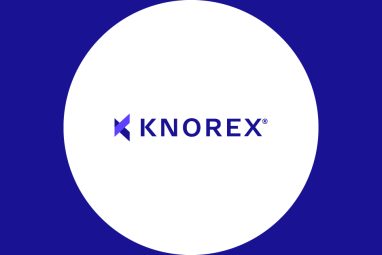SAP Ending Support Of ERP System In 2025; To Replace With SAP S/4HANA
If your company uses SAP‘s enterprise resource planning (ERP) system, it is about time to start thinking about the future. SAP has announced that it will end support and maintenance of its current ERP system at the end of 2025. Consequently, many companies will be facing an update or migration to a new system. NEW […]
Topics
What to Read Next
- Surfside Expands Commerce Media Solution to Include In-Store Inventory
- Salesforce Signs Definitive Agreement to Acquire Qualified
- MoEngage Secures Additional $180M in Series F Funding
- KNOREX Unveils White-Label Solutions to Power Live Commerce Advertising
- Insightly Launches AI-Powered Copilot to Streamline CRM Workflows

If your company uses SAP‘s enterprise resource planning (ERP) system, it is about time to start thinking about the future.
SAP has announced that it will end support and maintenance of its current ERP system at the end of 2025. Consequently, many companies will be facing an update or migration to a new system.
NEW SYSTEM ENABLES STREAMLINING OF IT ARCHITECTURE
Before changing to a new system, it is important to map out your company’s current and future needs. System updates are a business-critical change for many companies, but when done right, they can result in significant cost savings.
Migrating to a new system also gives companies the opportunity to take a look at the company’s operations and re-evaluate the need for customisation. Migrating to a new platform can also help simplify IT architecture and adopt cloud services.
It is often the case that by altering its own operations, a company can adopt standard solutions, which make operations more efficient and create savings.
SAP OFFERING SAP S/4HANA AS REPLACEMENT
As its new ERP system, SAP is offering the SAP S/4HANA system, which uses SAP’s own HANA database. SAP’s previous software solutions have used, e.g. Oracle‘s and other suppliers’ databases. This being the case, the system change will also require migrating databases into the new S/4HANA ERP system.
This system migration will require a great deal of work and planning from companies. The migration requires the adoption of the new system as well as conversions and data transfers. Given that the common SAP ECC version and S/4HANA have completely different system architectures, updating and conversion could prove to be surprisingly work intensive. This is more than just a version update, it is the adoption of a genuinely new system.
Also Read: Five ERP Software Vendors Recognised For Excellence
NEW SYSTEM, NEW CONTRACTS
Migrating to a new system will also require contract negotiations with SAP covering terms of use, prices and potentially support and maintenance. Negotiations always take time and resources.
The customer also needs to understand both its own ambitions with respect to its existing systems as well as the transformation process.
DON’T BE CAUGHT SHORTHANDED AT CRUNCH TIME
If many companies leave this migration to the last minute, they are going to find themselves shorthanded. This could increase costs and the risk of failure. The demand for skilled experts will grow as more customers decide to update their systems.
TIME TO GET STARTED
Even though 2025 still seems a long way off, it would be wise to start planning and preparing now. There is certain to be more room for negotiations with SAP now than closer to the end of support and maintenance for the current system.
The key to success is good preparation and planning. You will need to engage in negotiations on two fronts, as in addition to the system project, you will also need a partner to handle the system implementation, conversion and data migrations.
The road may be long and rocky, and it is wise to pick partners who will help carry the load to reach the best result.








































































































